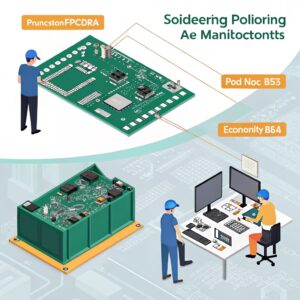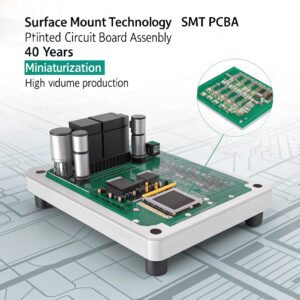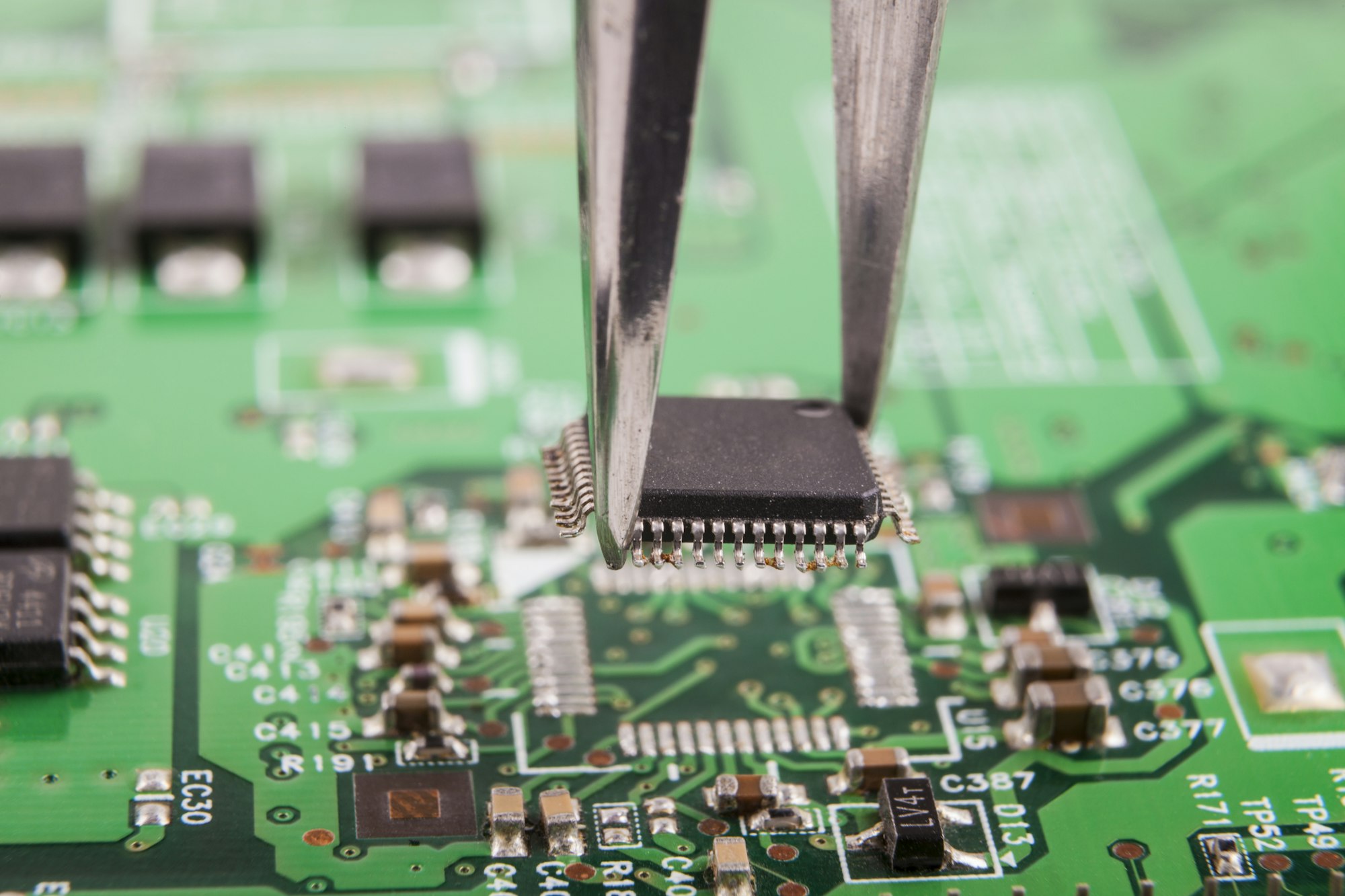What is PCBA? The Ultimate Guide to Printed Circuit Board Assembly
Struggling to understand PCBA manufacturing[^1]? Discover how proper assembly transforms raw PCBs into functional electronics – and why it matters for your procurement decisions.
PCBA (Printed Circuit Board Assembly[^2]) is the process of soldering electronic components[^3] onto a PCB. Unlike bare PCBs, PCBA boards are fully functional units ready for device integration – the critical bridge between design and operational electronics.
While understanding PCBA basics is essential, true procurement mastery requires examining key technical distinctions. Let’s explore four critical aspects every buyer must know.
[^1]: Exploring best practices in PCBA manufacturing can enhance your knowledge and improve procurement decisions in electronics.
[^2]: Understanding PCBA is crucial for anyone involved in electronics manufacturing, as it directly impacts product functionality and quality.
[^3]: Learning about the soldering process is vital for grasping how PCBA transforms raw materials into functional devices.

Critical Technical Distinctions
| Aspect | PCB | PCBA |
|---|---|---|
| Stage | Manufacturing base | Functional unit |
| Components | None | ICs, resistors, capacitors |
| Testing | Continuity checks | Full functional testing |
| Lead Time | 3-5 days | 10-15 days |
| Cost Factor | Material costs | Labor + component costs |
For procurement officers like Bob, this distinction affects:
- Order specifications (clarify need for assembled vs bare boards)
- Vendor selection (require IPC-A-610 certification)
- Logistics planning (ESD protection requirements differ)
What is SMT and PCBA?
Wondering why SMT dominates modern electronics? Discover how this 40-year-old technology revolutionized PCBA and became essential for mobile devices.
SMT (Surface Mount Technology[^1]) is the dominant PCBA[^2] method using automated placement of components directly onto PCB surfaces, enabling miniaturization and high-volume production critical for modern electronics.
[^1]: Explore this link to understand how Surface Mount Technology has transformed the electronics industry and its significance in modern devices.
[^2]: Learn about PCBA’s role in electronics manufacturing and how it contributes to the efficiency and functionality of devices.

SMT vs Through-Hole Assembly
| Parameter | SMT | Through-Hole |
|---|---|---|
| Component Size | 01005 (0.4×0.2mm) | DIP packages |
| Automation | Full pick-and-place | Manual insertion |
| Board Density | Double-sided assembly | Single-layer dominant |
| Thermal Stress | Low (reflow soldering) | High (wave soldering) |
| Typical Use | Mobile devices | Power electronics |
South-Electronic’s SMT lines achieve:
- 99.98% placement accuracy
- 0402 component capability
- 6σ process control
- X-ray inspection for BGAs
What is the difference between bare PCB and PCB?
Misunderstanding "PCB" terminology could derail your RFQ process. Learn the crucial distinction between base materials[^1] and finished products[^2].
"Bare PCB[^3]" specifically refers to unpopulated boards, while "PCB" can ambiguously mean either bare or assembled boards – precise terminology prevents costly misunderstandings in procurement.
[^1]: Learning about base materials is crucial for selecting the right components for your PCB projects, impacting performance and cost.
[^2]: Exploring finished products in PCB manufacturing helps clarify the end goals of your RFQ process and ensures better decision-making.
[^3]: Understanding Bare PCB is essential for accurate procurement and avoiding costly errors in your projects.
Procurement Specification Checklist
- Always specify "bare PCB" in RFQs when needing unassembled boards
- Require IPC-6012 Class 2/3 certification for reliability
- Clarify:
- Copper weight (1oz vs 2oz)
- Surface finish (ENIG vs HASL)
- Testing depth (100% electrical test?)
- For assembled boards:
- IPC-A-610 Class III compliance
- Functional testing protocols
- Component sourcing responsibility
What is PCBA in mobile?
Why do 78% of mobile device failures trace back to PCBA issues? Explore the unique challenges of mobile PCB assembly[^1].
Mobile PCBA requires ultra-high density layouts[^2] using 01005 components and rigid-flex boards, demanding precision SMT assembly[^3] and advanced testing to ensure reliability in compact, high-vibration environments.
[^1]: Understanding the challenges in mobile PCB assembly can help improve design and manufacturing processes, ensuring better reliability and performance.
[^2]: Exploring ultra-high density layouts will provide insights into design techniques that enhance performance in compact devices.
[^3]: Learning about precision SMT assembly is crucial for ensuring the reliability and efficiency of electronic components in mobile devices.
Mobile PCBA Special Requirements
| Challenge | Solution | South-Electronic’s Capability |
|---|---|---|
| 0.3mm pitch BGAs | X-ray inspection systems | 3D AOI + X-ray tandem inspection |
| Thermal management | Thermal cycle testing | -40°C to +125°C testing chambers |
| Flex PCB handling | Vacuum fixtures | Dedicated flex assembly line |
| IP67 compliance | Conformal coating | Selective coating + curing ovens |
| 5G compatibility | Impedance control (±5%) | 20-layer HDI boards with mixedsignal |
Conclusion
PCBA transforms raw PCBs into functional electronics through precise component integration. Understanding assembly nuances ensures informed procurement decisions for reliable, cost-effective manufacturing.


